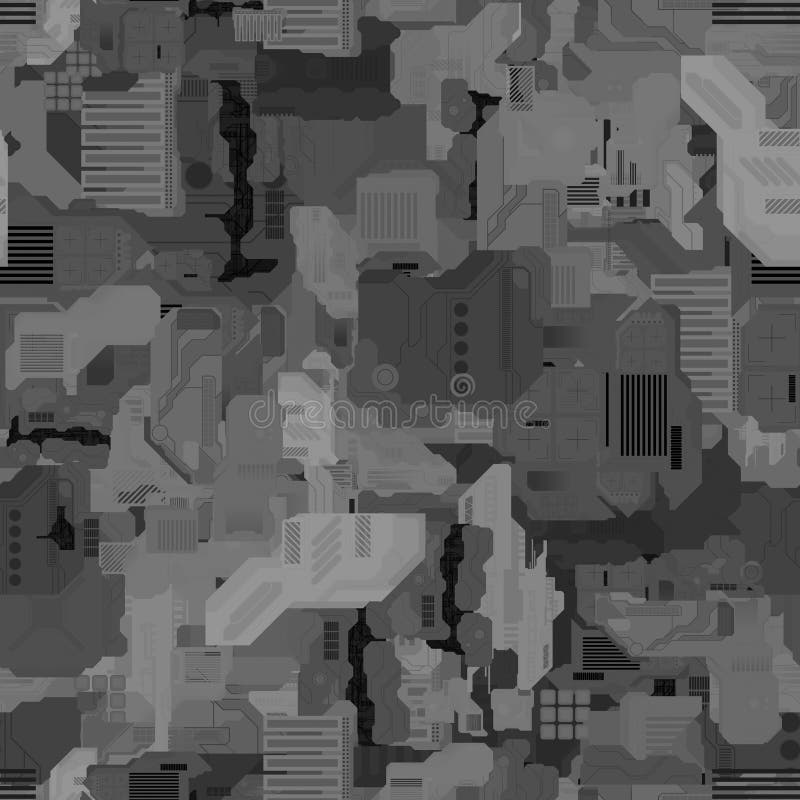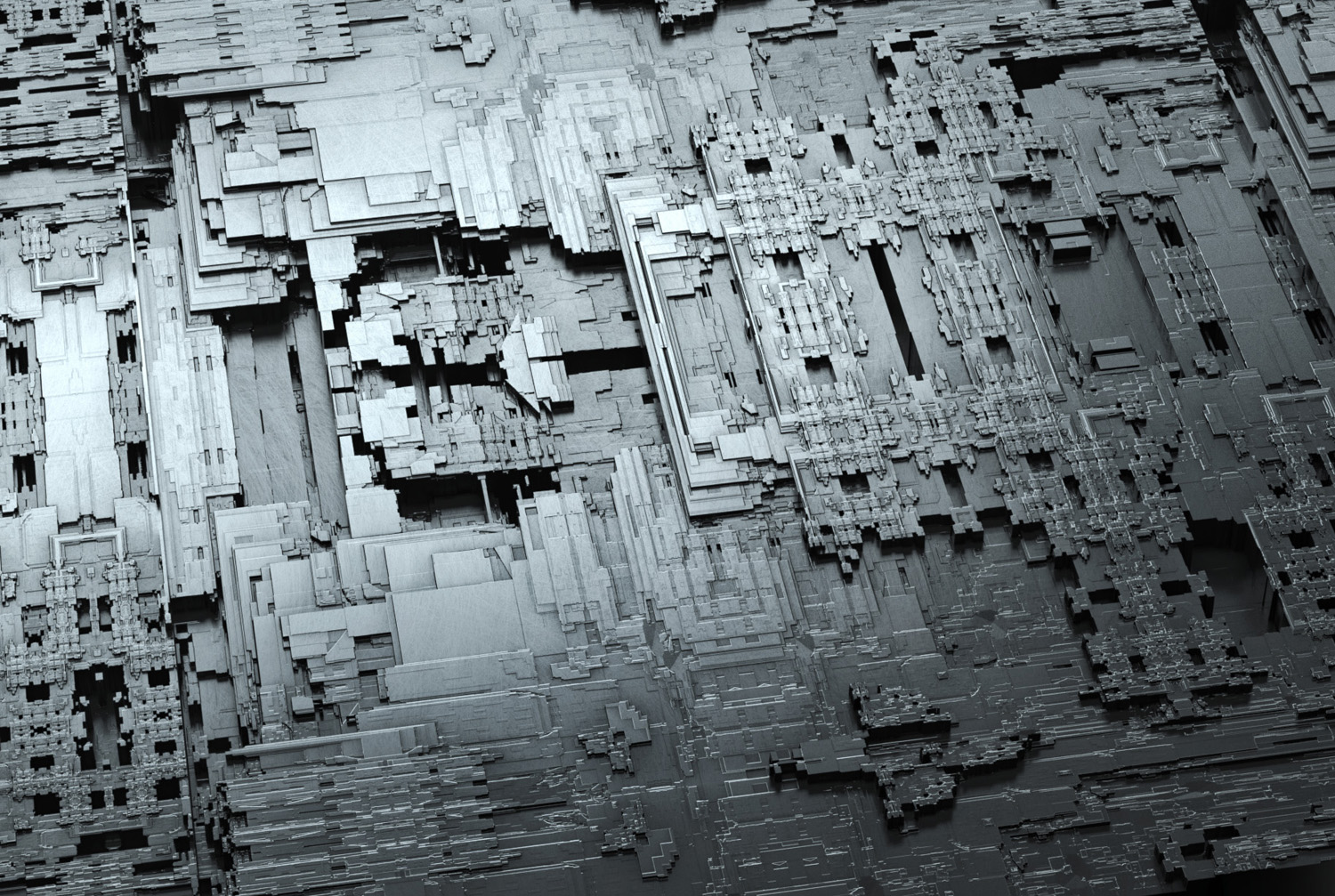
(1) Per-Pixel-Painting Topology: Ideal for landscapes -use meshes with tries (can be set upon import) There are a few methods of preparing your model for painting and we have it numbered from best to least under:ĭisplacement Topology -Preparing your model, UV Mapping, Painting and Baking the Mesh.
#3d coat displacement map gray full#
The reason is that your model could likely be full of cracks in other programs when displacement maps are applied, it doesn't have enough actual geometry to deform (even with tessellation) You will see that smooth mesh by subdivision helps but may not fix the problem, the model needs enough resolution from the beginning of the paint job. There is an essential rule of mesh resolution that needs to be followed and that is that your lowpoly model needs enough resolution initially to be subdivided from. Large objects such as cliffs or walls can hide/disable other parts or areas not seen by the camera or animation viewport, so it's ideal to slice the model in such a way as allowing parts to be automatically hidden to speed up Renders and Game Performance while making visible and focusing only on what the camera actually sees. Using Quads with Microvertex maybe more ideal to paint characters and in general quads are preferred for smoother surfaces and better deformations for animations.įor Film & Game Engine Optimization that uses Automatic Frustum & Occlusion culling, plan your model. If you need high performance in your 3D application, tris are best for game engines due to efficiency, performance and file size but Micro Vertex working with tries can create artifacts.

It's also very important that your models don't contain hard edges otherwise faces will likely mix into each other creating distortion. Displacement Topology - Preparing your model: Voxel meshes are ideal for displacement due to uniform faces that prevent painted textures on the surface from stretching and other glitches. Microvertex and Ptex Projects using Smart Materials that utilize displacement maps.ġ. This Article discusses the the complete workflow(s) from model creation to Baking both Material maps and mesh of your Highly detailed Per Pixel Painting, Subheading: PaintRoom -> Retopo Room -> Bake to MicroVertex -> Bake Displacement to Lowpoly mesh Some information is entirely my own understanding, some may have been used from your own posts etc You can leave a comment if I'm missing something, or point out an error.
#3d coat displacement map gray update#
Andrew currently has his hands full with other priorities but I hope he will find the time soon to update it because it could mean we all could paint with photo scan VDM and other experiments soon! I'll keep working on more Color VDM materials in the mean time.Hi everyone, this is a WIP and not (yet) official guide, I'm working on a tutorial that might be clear-cut method from start to finish. I'm trying to revive new awareness to VDM, I recently created a color VDM from a photoscan and hope 3DCoat's smart material will be upgraded to work with Vector maps while in microvertex mode. I brought this to Andrew's attention not long ago, and I know a number of others have asked for full VD support, but it's fallen on deaf ears. To the point that it's practically useless, currently. The only Vector Displacement capability one has, is if you (are in MicroVertex mode) sculpt something in the Tweak room and then export the VD map directly from the TEXTURES > EXPORT > VECTOR DISPLACEMENT. It will only bake a standard grayscale map. There isn't even Vector Displacement map baking when you merge your model from the Retopo room.

You cannot load a vector displacement map into the Brush, Strips, Materials or Mask pallet.


 0 kommentar(er)
0 kommentar(er)
